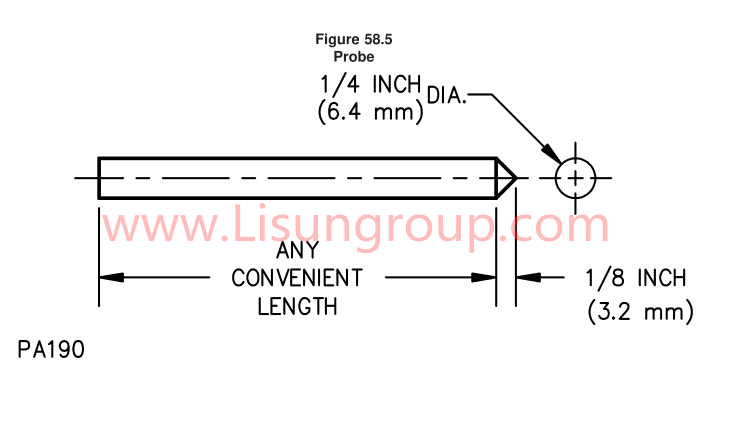Enclosures of Polymeric Material for Portable Appliances
1. Scope
1.1 These requirements cover polymeric enclosures or parts of enclosures, of portable cord-connected
food preparing appliances. For the purposes of the requirements in this section, an under-cabinet appliance is considered to be a portable appliance.
1.2 These requirements also cover polymeric decorative and similar parts that do not serve as part of the enclosure for electrical parts or provide for protection against injury to persons.
2. General
2.1 A portable cord-connected food-preparing machine having an enclosure of polymeric material, shall comply with thermal-aging 58.13.1 and the applicable requirements from UL 982 Figure 58.1. The following steps are to be followed in the use of Figure 58.1.
a) Select the appropriate path determined from the flow chart in Part 1 of Figure 58.1 that matches the conditions of use for the polymeric material under consideration.
b) Remaining within the confines of the Column I, 11, or Ill determined in Part 1, proceed to Part 2 of Figure 58.1. Pick out the letter or letters (denoting a material’s flammability class; refer to Figure 58.1 legend) that are acceptable for the use application.
c) The applicable requirements can be found in Part 3 of Figure 58.1 and those determined consistent with the conditions of use and the material flammability class found in Parts 1 and 2.

2.2 An external polymeric decorative part of the appliance, a polymeric part extending through the enclosure wall and considered likely to propagate flame, or a similar polymeric part not involved with protection against risk of fire, electric shock, or injury to persons shall be classified asHB,V-0,V-1, or V-2 as defined by the appropriate burning test in the Standard for Test for Flammability of Plastic Materials for Parts in Devices and Appliances, UL 94, or the polymeric part as used in the appliance shall comply with the flame test of 58.3.1.
Exception No. 1:This requirement does not apply to small parts whose maximum volume does not exceed 2 cm³ (0.12 in3), or whose maximum dimension does not exceed 3 cm (1.2 inches), and whose location does not result in the propagation of flame from within the appliance to the outside surface.
Exception No. 2: This requirement does not apply to polymeric parts – such as feed tray assemblies, food pushers, stands, food containers and bowls, and container covers – that are detachable without the use of tools and whose location is not likely to result in the propagation of flame from within the appliance to the outside surface.
3. Accessibility
3.1 An opening anywhere in the enclosure of a hand-supported appliance or in any portion of an appliance hand held in normal use is acceptable if a test probe as illustrated in Figure 58.5, when inserted point first as far as possible into the opening;
a) Does not enter the opening for a distance of more than 1/8 inch (3.2mm); and
b) Does not touch any uninsulated live part or magnet wire involving a risk of electric shock or moving part capable of causing injury.
Exception: If unacceptable results are obtained using the probe illustrated in Figure 58.5, the probe illustrated in Figure 7.1 may be used to determine that the part is not more accessible than with a sample prior to conditioning.

UL 982 Figure 58.5 Test Probe PA190
3.2 ln the enclosure of an appliance other than as described in 58.9.1, an opening which does not permit entrance of a 3/4 inch-diameter (19 mm) rod is acceptable if:
a) A test probe as illustrated in Figure 58.6 cannot be made to touch any uninsulated live part or moving part capable of causing injury when inserted through the opening; and
b) A test probe as illustrated in Figure 58.7 cannot be made to touch magnet wire when inserted through the opening.
Exception: If unacceptable results are obtained using the test probe illustrated in Figure 58.6 and 58.7, the
probe illustrated in Figure 7.1 may be used to determine that the part is not more accessible than with a
sample prior to conditioning.
Your email address will not be published. Required fields are marked *